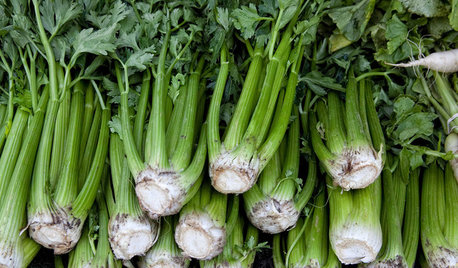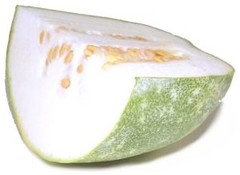what to do with winter melon other then soup
Helen_vancouver
21 years ago
Featured Answer
Sort by:Oldest
Comments (39)
sanWang
21 years agodouble_delight
21 years agoRelated Professionals
Towson Landscape Architects & Landscape Designers · Winder Landscape Architects & Landscape Designers · Jackson Landscape Contractors · Byram Landscape Contractors · Damascus Landscape Contractors · Forest Hills Landscape Contractors · Golden Gate Landscape Contractors · Waldorf Landscape Contractors · Waterford Landscape Contractors · Raytown Landscape Contractors · Boone Roofing & Gutters · Renton Roofing & Gutters · Vista Park Roofing & Gutters · West University Place Roofing & Gutters · Wheaton Roofing & GuttersViolet_Z6
21 years agoViolet_Z6
21 years agodouble_delight
21 years agotallredmug
21 years agokubotabx2200
21 years agoHelen_vancouver
21 years agoViolet_Z6
21 years agoHelen_vancouver
21 years agoViolet_Z6
21 years agoHelen_vancouver
21 years agoViolet_Z6
21 years agoHelen_vancouver
21 years agoViolet_Z6
21 years agowinane
21 years agochineseherbs
20 years agowinane
20 years agoViolet_Z6
20 years agowinane
20 years agoashleysf
20 years agowinane
20 years agoycargow
20 years agoerinerin
20 years agomacaronicat
20 years agotailwheel
20 years agomacaronicat
20 years agoViolet_Z6
20 years agotailwheel
20 years agoViolet_Z6
20 years agotailwheel
20 years agokim_japan
20 years agomingtea
19 years agoAmy_the_Gardener
19 years agontt_hou
19 years agonlin0273
19 years agocsadelman
19 years agoViolet_Z6
18 years ago
Related Stories

MONTHLY HOME CHECKLISTSYour Winter Home Maintenance Checklist
Keep your home and yard safe and running smoothly as temperatures drop and activity moves indoors
Full Story
LIFE6 Ways to Beat the Winter Blahs
Snow and dark days dampening your spirits? These ideas will have you looking on the bright side
Full Story
LIFE8 Wonderful Winter Hobbies to Nurture at Home
Make nesting at home this winter even more pleasurable by cultivating new activities and dreaming up meaningful creations
Full Story
FALL AND THANKSGIVINGSimple Pleasures: A Cozy Home in Cold Weather
Stock up on these treats and essentials to make even blustery days and snowed-in time feel special
Full Story
LIFEShare Your Winter Storm Jonas Photos and Survival Tips!
Let’s see your pictures and hear your ideas on how you’re keeping your house warm and staving off cabin fever
Full Story
VACATION HOMESEssential Elements of an Ideal Winter Cabin
If you dream of a winter getaway with lots of skiing, skating and hot-drink sipping, these tips will make your cabin as cozy as can be
Full Story
LIFEHard Winter? 9 Ways to Battle Cabin Fever
We know a lot of you are trapped where it just won’t stop snowing. Here are some ways to survive
Full Story
ENTERTAININGBeat Winter's Chill With an Indoor Picnic
Build warm memories with loved ones by bringing lighthearted outdoor dining to your living room
Full Story
COOL-SEASON CROPSCool-Season Vegetables: How to Grow Peas
Their sweetness isn't just for spring. Peas thrive in cool weather too, adding a garden-fresh note to soups, salads and more through fall
Full Story
COOL-SEASON CROPSHow to Grow Celery
If you're up for a challenge this fall, try growing celery and celeriac in your garden.
Full Story0








lalithar